Drawers, knickers, undies, panties, bloomers, frillies, pants, undies, underpants, granny panties, briefs, thongs, smalls, g-strings, unmentionables, or pantaloons. Whatever you want to call them, chances are you wear them every day.
We have worn underwear as far back as c 100 AD when Roman men and women wore shorts called subligaculum and it was either a pair of shorts or a simple loincloth wrapped around your lower body.
During the Renaissance underwear was described as "helping women keep clean and protecting them from the cold, they prevent the thighs being seen if they fall off a horse. These drawers also protect them against adventurous young men, because if they slip their hands under their skirts they can't touch their skin at all" (Saint-Laurent, p. 65*).
So not much has changed, you know. 😝🤨
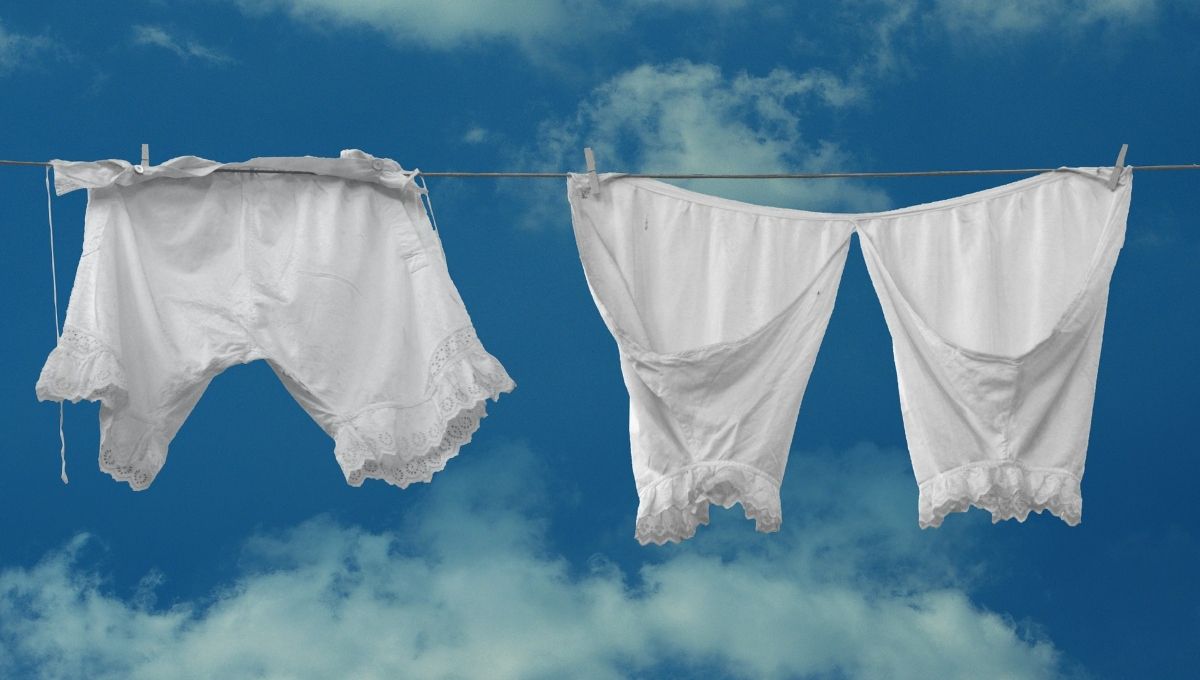
As far as I'm aware, underwear is no longer unmentionable, and the thriving $250 billion lingerie market leaves no stone unturned.
Less is more in the US, apparently, where thongs make up 39% of underwear compared to briefs at 37%. In the UK, briefs are 66% of the total assortment while thongs are 29%. Everyones favorite, however, whether they like to admit it or not, are "big knickers" or "granny panties" à la Bridget Jones. I'm going to go ahead and blame it on the pandemic, but comfort is key when I'm shopping for underwear.
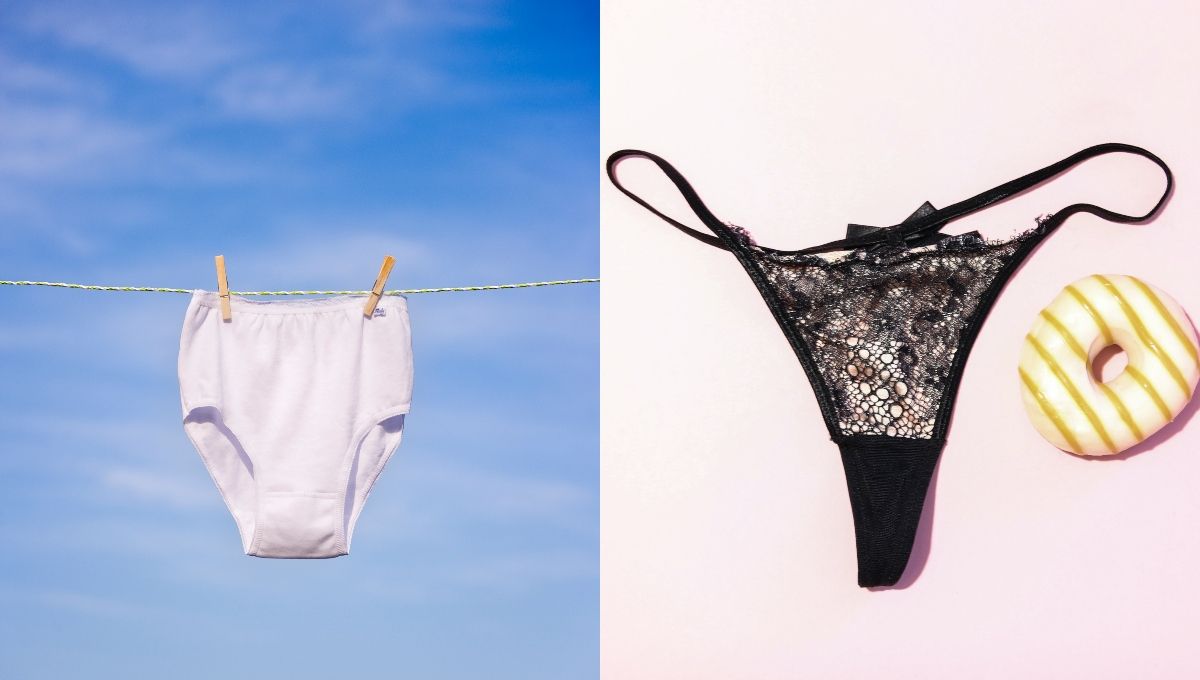
Now if you are anything like me, you may have wondered about something but been too shy to bring it up. I've noticed this for years but never cared enough to look it up until recently that is.
Have you ever noticed that lighter patch that appears in your underwear?
Yes... THAT lighter patch.
You are not alone. recently a tweet from the Vagina Musem made a tweet and the virality of the post made it clear. The people want to know why.
"Do you find lighter patches in your dark underwear," they ask. Well almost 100,000 of us wanted to know the answer.
Let me start off by easing your mind. This is a NORMAL occurrence.
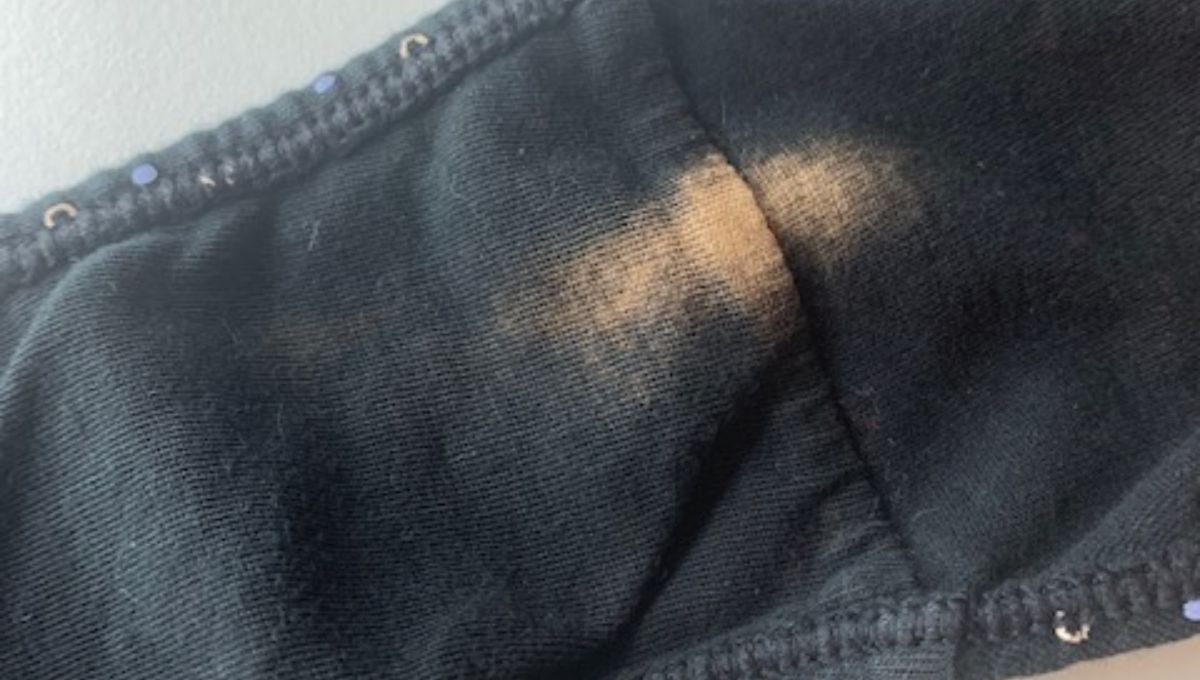
Most people either didn't know that it happens, (men), why it happens and then felt relieved to learn they weren't the only ones.
The light patches you see aren't staining from period blood or a sign you are not clean.
The patches are bleaching. Have you ever put lemon in your hair to lighten it? Same kind of idea.
The pH level of your vagina plays a key role in keeping it healthy and a “normal” vaginal pH is moderately acidic, hovering between a pH of 3.8 and 4.5. This acts as your body's defense line, if your pH is too alkaline there's a bigger chance of bacterial growth.
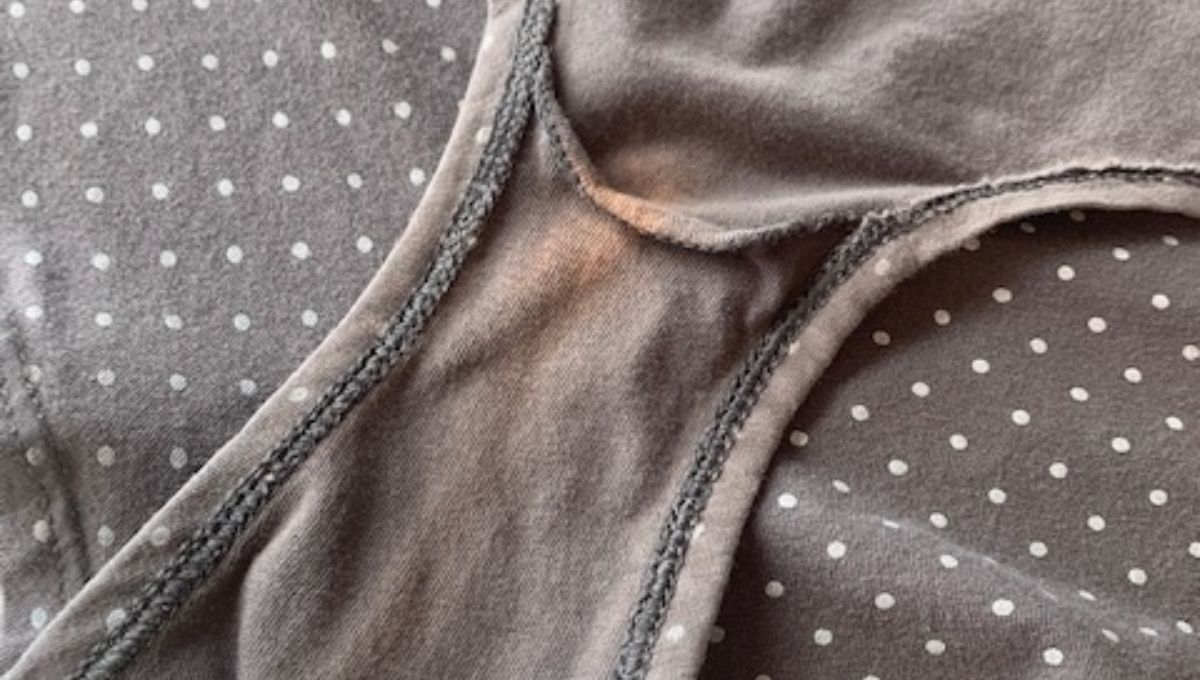
Your pH balance goes up and down depending on a lot of different factors including hormones, sex life, and your menstrual cycle. The body uses vaginal discharge as a way to clean and protect the vagina. Some types of discharge are normal. Others may indicate an underlying condition that requires treatment. Most women produce up to 4 ml of discharge a day. When the discharge is exposed to the air it can stain underwear a mild yellow color, or in the case of black panties, bleach it.
Ok, now we know why and that this is NORMAL but what can we do about it?
Since there isn't a lot you can do about underwear that is already bleached, this is going to focus on preventative methods of saving your favorites and making your new pairs last.
Rinse Them ASAP
Yes, the best way by far is going to be to wash them immediately after wear. If you aren't about to do the laundry, give them a rinse in your sink making sure to use cold water. I have even heard tell of people bringing their underwear into the shower with them so they get washed right away. Personally, I just give them a quick wash in the sink and hang them on the towel rack before throwing them in the laundry the next day.
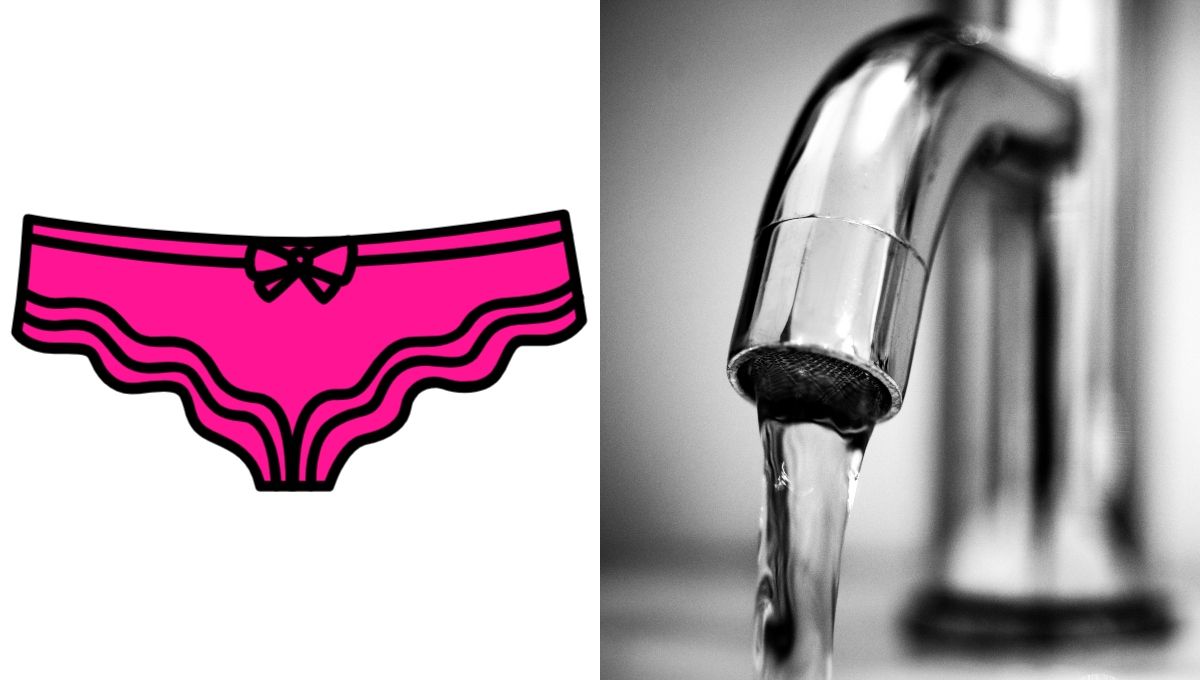
Enzymatic Sprays
If you have sensitive skin or skin allergies, be careful testing different sprays as many can contain strong soaps which aren't great for your nether regions. Enzymatic sprays use plant-based enzymes to safely remove any fabric stain put in its path. You should use the actual spray and not the scoop in your laundry. The latter is not as efficient.
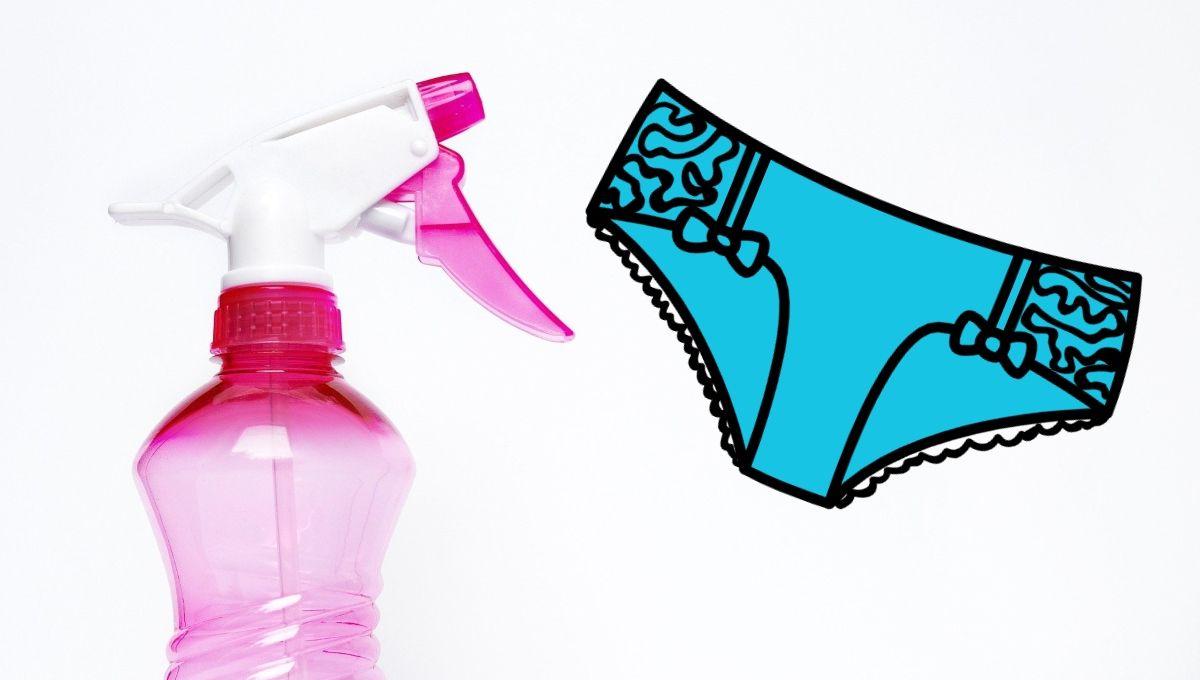
Hydrogen Peroxide
Tried and true, this is a method my grandmother used. You're going to want to scrub the stain with a toothbrush dipped in peroxide, making sure you reach the stain and agitate it enough that it will come out in the wash easily. This method is for fresh stains.
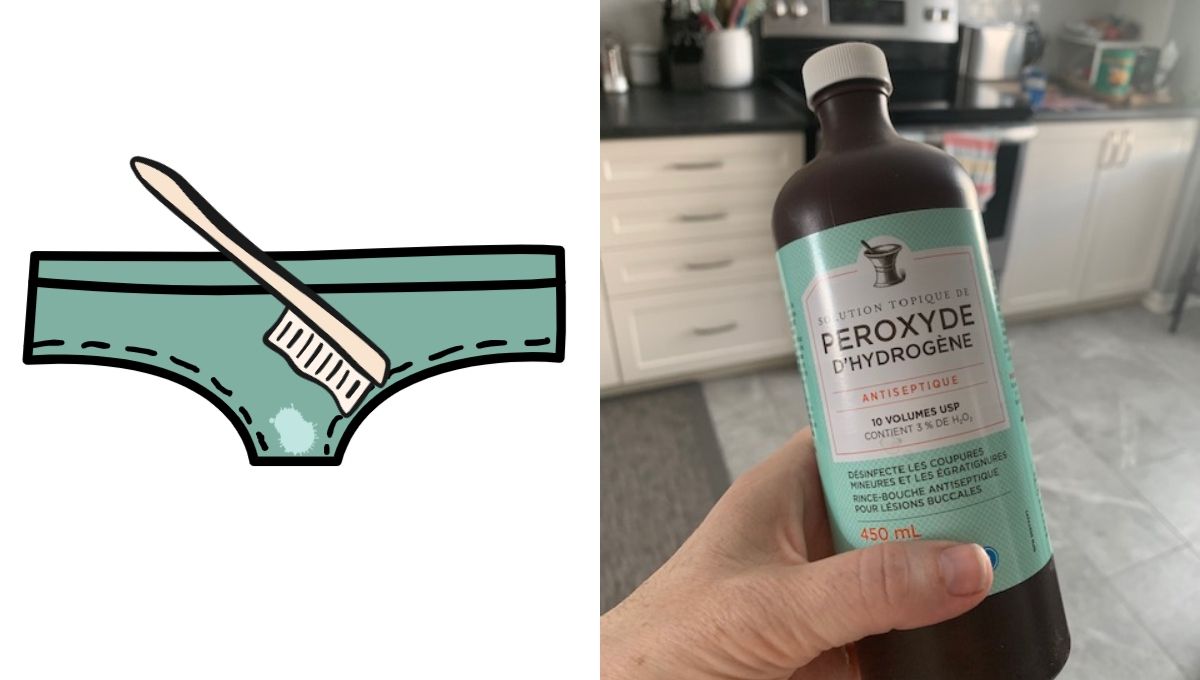
Salt
Did you know that rubbing table salt into stains can help stop them from setting? Give it a shot on your undies, if you are in a pinch people have also been known to use saline solution. I made a little spray bottle using water and salt for stain removal that I keep in the kitchen. Wouldn't be hard to keep one in the bedroom too.

Fresh Lemon
You can rub a slice of lemon or use lemon juice directly on a stain. after application, allow it to sit for an hour and then wash. This method is not great for colored undies as it can further bleach them but works well on white ones.

DIY Stain Remover
In a small jar combine these three ingredients to make a thick paste:
- 1 part Dish Soap
- 2 parts hydrogen peroxide
- 1-2 tablespoons of baking soda
Mix the soap and peroxide together and then add the baking soda to make a paste. If it is too runny, add more baking soda. If it's too thick add more peroxide. Pour the solution onto the stain and rub it in using a toothbrush. Store this paste in a dark area so the peroxide does not lose its effectiveness.
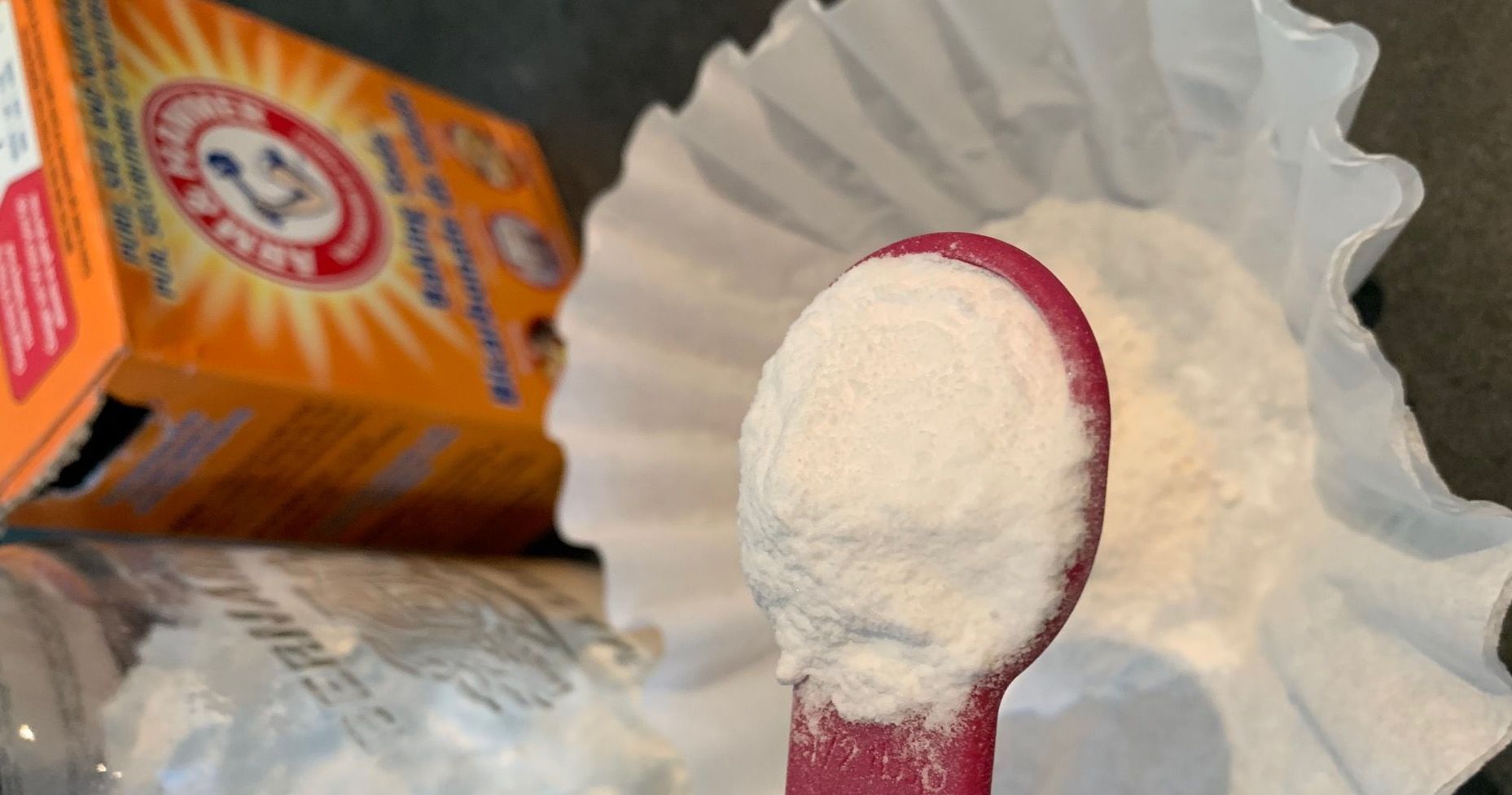
Dye
If you really want to restore your bleached underwear to its former glory, the best way to do it would be to pick up a dye and follow the directions.
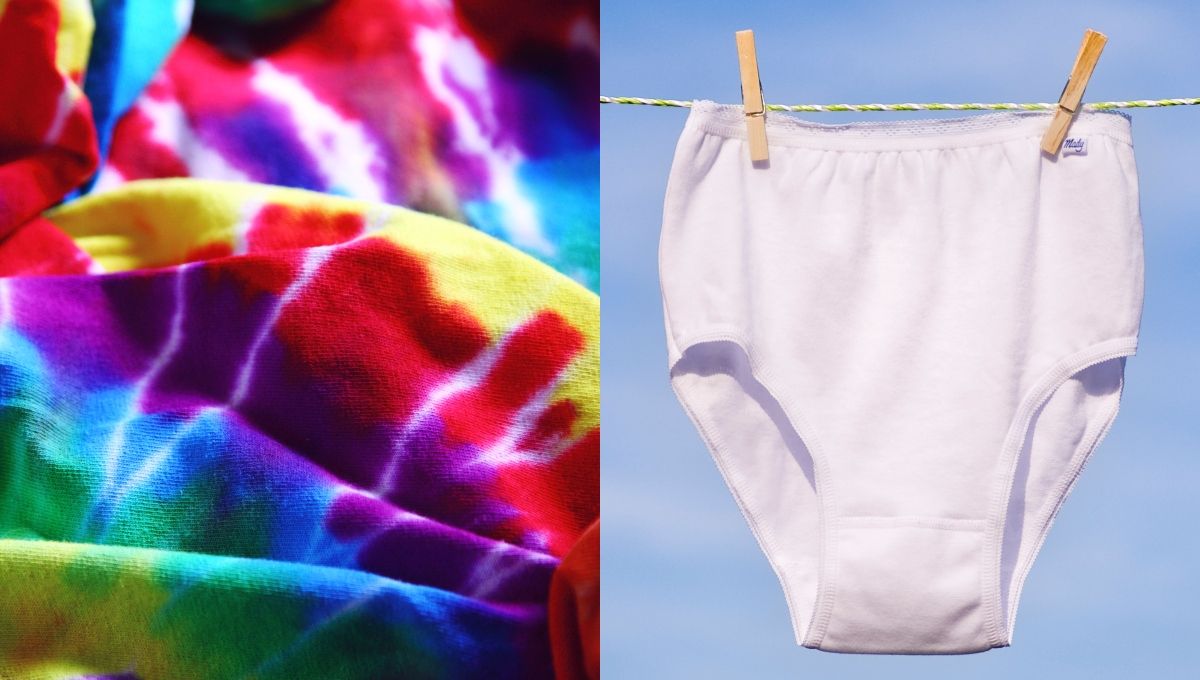
In closing, please remember to listen to your body. Itching, irritation, excessive discharge, and any changes from what are normally happening down there are noteworthy and should be discussed with a doctor.
*Saint-Laurent, Cecil. The Great Book of Lingerie. London: Academy Editions, 1986.

